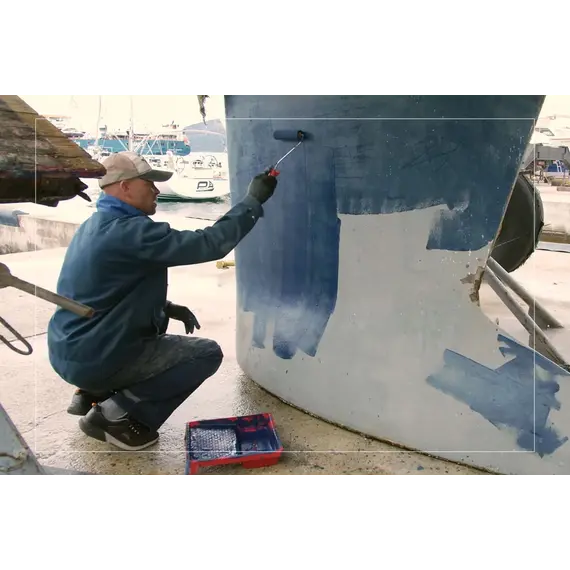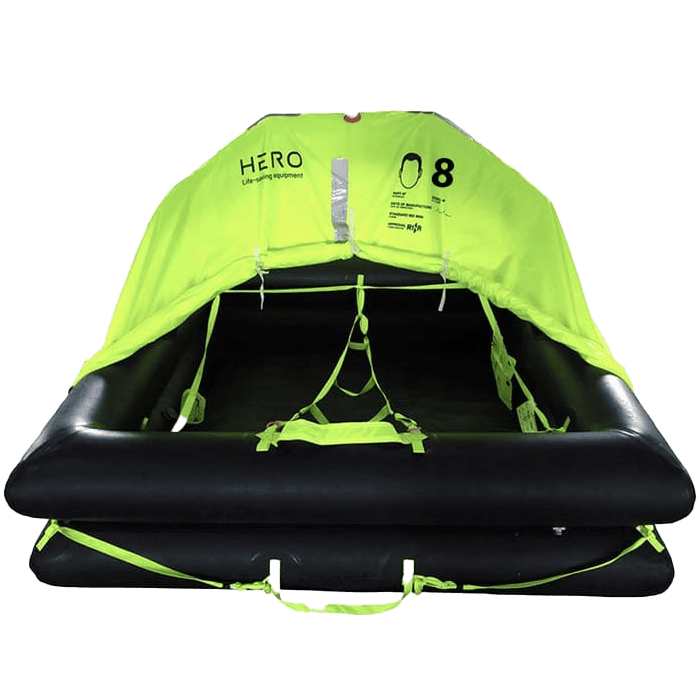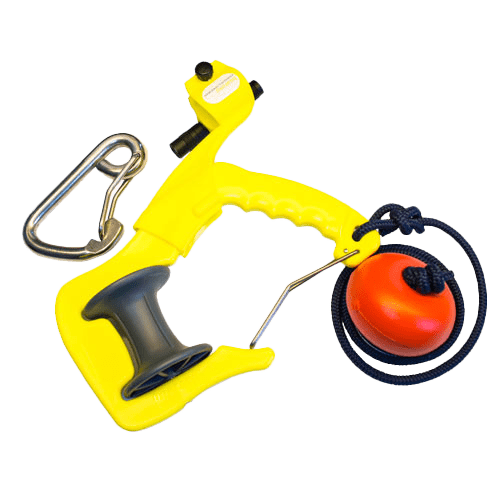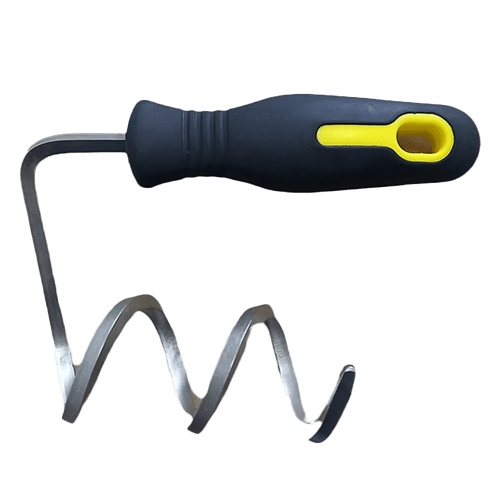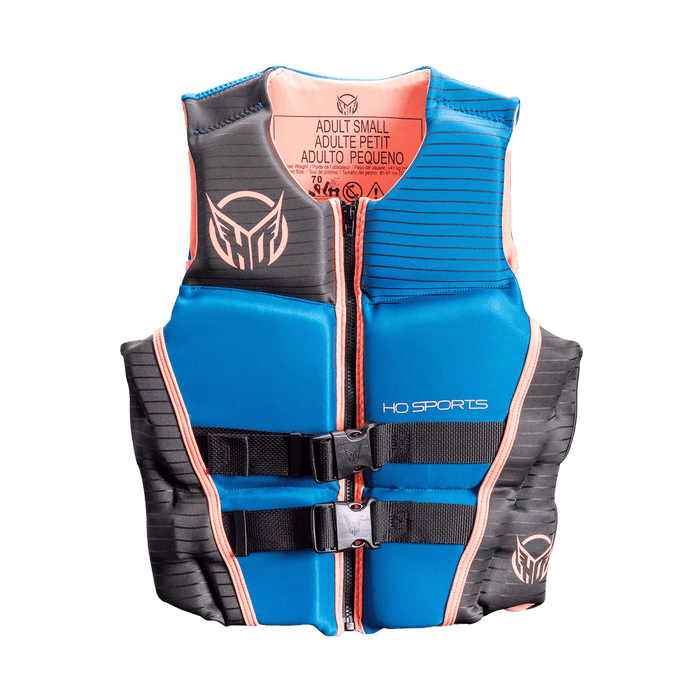Painting Boat\Yacht

The price provided is NET-price, meaning shipment and VAT are not included. Additional duties and tax payments might be required. Taxes and delivery costs are calculated after ordering the goods and depend on the type of client and delivery address.
Types of Painting Jobs for Boats and Yachts
We carry out all types of painting services with mandatory primary preparation of the hull. The range of coatings for boats and yachts that our specialists use includes materials of various chemical compositions:
- coatings on alkyd resins;
- vinyl coverings;
- acrylic materials;
- polyurethane products;
- polyacrylic materials;
- coatings based on epoxy resins.
Let us dwell in more detail on the most popular types of painting.
Anti-fowling Coating
This type of coating protects the hull from the growth of aquatic flora and fauna. Typically these are one-component alkyd compounds that are applied to the bottom and sides below the waterline.
The classification of anti-fowling coatings depends on the type of vessel (displacement or planing). Different options include:
- quick-polish, these can be polished during use;
- hard, silicone based;
- water based;
- with the addition of biocides.
Depending on the service life, there are annual and multi-year coatings. For annual coatings, the old coating should be cleaned in the fall and a new coating applied in the spring before the start of the season. Perennial coatings are more stable and require only autumn washing.
Based on their composition, anti-fowling coatings are divided into copper-containing and copper-free. Both types can be used to process plastic hulls. However, when processing aluminum alloy cases, we use copper-free coatings to avoid galvanic corrosion.
Gelcoat
Compared to conventional enamels and paints, gelcoats form a more durable, hard coating with improved characteristics. The surface retains its original properties for a long time under difficult operating conditions, in particular in a marine environment that is aggressive for fiberglass. Minor damage and scratches can be easily removed by polishing with special pastes.
We cooperate with leading suppliers of paints and varnishes for the yachting industry. Our specialists will select an identical gelcoat color for your yacht or boat, remove the old coating, and after eliminating all identified defects on the plastic hull, apply a new protective layer of gelcoat with strict adherence to best practices.
Polyurethane and Epoxy Coatings
Our repair base specialists use complex epoxy-polyurethane painting systems for yachts and boats, rather than pure epoxy or pure polyurethane.
Epoxy coatings adhere perfectly to aluminum and duralumin, withstand exposure to both fresh and sea water, are durable, and resistant to mechanical loads. The disadvantage of epoxy paints is that they are not UV resistant. Therefore, to paint the surface we use polyurethane paints rather than epoxy. Polyurethane paints are fully compatible with epoxy paints, demonstrate excellent decorative, protective, and UV-resistant properties, but do not withstand constant immersion in water, unlike epoxy paints. We use two-component coatings because they are much stronger than their one-component counterparts.
Acrylic Painting
Water-dispersed paints and varnishes based on polyacrylic are considered the most durable (service life is up to 5 years) and cost-effective - they last a long time, and do not turn yellow under the influence of ultraviolet radiation. But they are less resistant to damage than polyurethane compounds.
Varnishing
We use all types of varnishes, including those applied to wood, metal surfaces, and fiberglass. Our suppliers will provide varnish of the required shade and manufacturing method: natural, artificial, synthetic, which have the necessary properties, in particular, protective functions from the effects of sea salt, water and ultraviolet radiation. You can choose the tone to your liking, as well as specify other properties of the varnish that will be used to paint your yacht.
What is Necessary to Prepare a Yacht for Painting
One of the most important points affecting the quality of the finished paint coating on a ship’s hull is its initial preparation before painting. The main stages of preparing the surface of the body before painting it are as follows:
- degreasing, done in two stages (removing traces of oil, salt, etc. before sanding and immediately before painting);
- grinding (abrasive or sandblasting);
- dust removal;
- protection of non-paintable surfaces (by covering with adhesive tape those parts of the body where painting is not required).
This preparation ensures a smooth surface and improves the adhesion of the paint material to the surface being painted. Each stage of painting is performed with intermediate interlayer sanding. This painting technology makes it possible to obtain the highest quality coating on the surface of the boat’s hull with a high and pure gloss and increased adhesion, without traces of corrosion, if we are talking about a metal hull.
Materials Used for Preparation
All types of coatings for yachts and boats, which are used by our specialists, meet all the necessary requirements for high-quality painting of water transport, constantly located in an aggressive marine environment:
- cleaners and thinners;
- abrasive and non-abrasive surface cleaning products;
- specialized putties;
- epoxy primers for painting yachts and boats below and above the waterline;
- antifouling paints for boats below the waterline;
- anti-corrosion treatment;
- finishing coatings for the body in various shades of matte and glossy options;
- insulators and fillers to eliminate defects on the painted surface of the ship's hull.
Our suppliers are manufacturers of all the listed materials, so their cost is free from markups from many intermediaries.
Materials Used for Painting
We provide all types of paints, varnishes, enamels and gelcoats, primers, and other protective coatings described above at your choice. In our catalogs from the manufacturer you will select the necessary compositions that are suitable for your specific yacht and meet your idea of high-quality boat painting.
Both single-component and multi-component coatings are available, making it easier to select paint and other products that are compatible with each other and with previously applied layers. Our specialists are well aware of the characteristics of modern paints, varnishes, primers, etc. and strictly monitor their chemical compatibility.
Experienced specialists will select all materials for preliminary preparation (including repair work) and painting of your yacht, which will meet all the requirements of modern technologies.
Tools and Other Equipment
The specialists who carry out painting work are equipped with all the necessary equipment of the latest generation, ranging from sprayers, brushes and rollers for manual painting in hard-to-reach places, and ending with high-performance drying and painting chambers.
Our specialists are equally professional in all methods of manual and automated application of paint, enamel, varnish and other coatings when painting a yacht. For hand painting, only short-haired rollers and brushes with tight nap clamps are used so that no roller or brush marks remain on the paint layer.
We use only high-quality products, including masking tape and film, which leave no marks after removal and reliably protect surfaces that do not need to be painted.
As for sealants, we use silicone sealants and mastics.
Services Provided after Painting a Boat/Yacht
The entire process of painting a yacht strictly adheres to the drying and curing periods after each stage of preparation and individual operations, for example, applying the first layer of gelcoat or varnish. For each specific yacht, our specialists develop a technological plan, taking into account the time for drying and curing, subsequent polishing and application of protective coatings.
We strictly adhere to the drying time of each layer of paint and their drying modes, taking into account the temperature and humidity of the air. This ensures reliable fastening of all layers and long service life of the treated surface of the yacht.
The choice of paint coating for expensive water transport must be approached very carefully. Professional surface preparation for painting and high-quality painting materials can increase the service life of yachts and boats by 2-4 times. Compliance with all technological processes will allow you to obtain a high-quality, beautiful paint coating on your boat or yacht, which will not only be an effective element of design and decor, but also a protective layer for the hull of the vessel.
If you still have questions, again, feel free to call us, use the Contacts section or send a message to [email protected].
No reviews found


